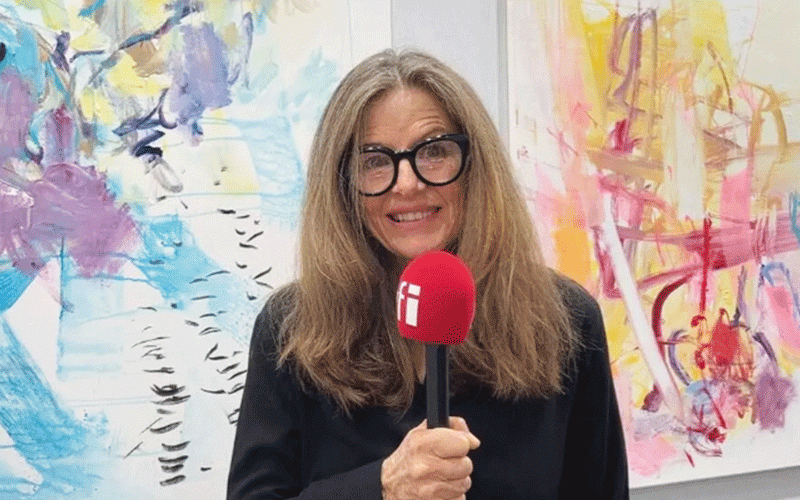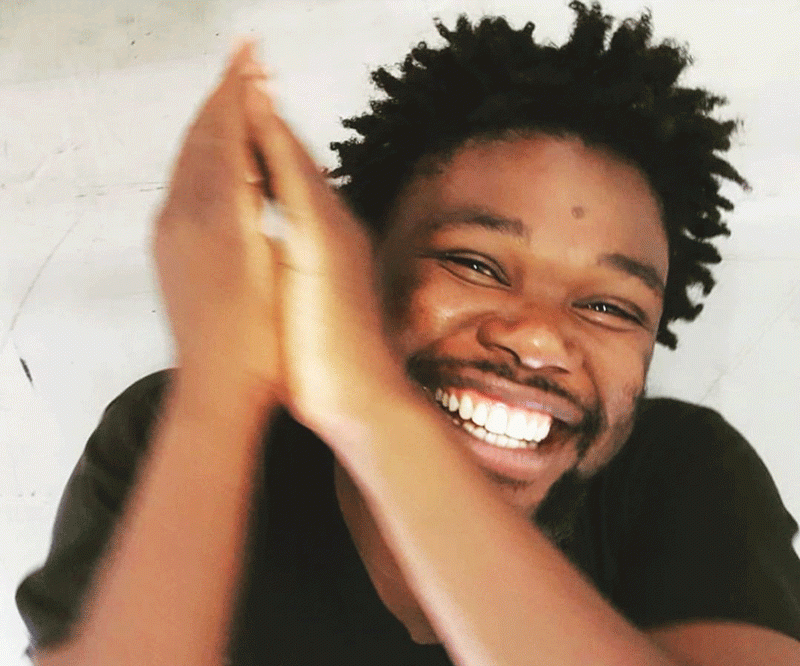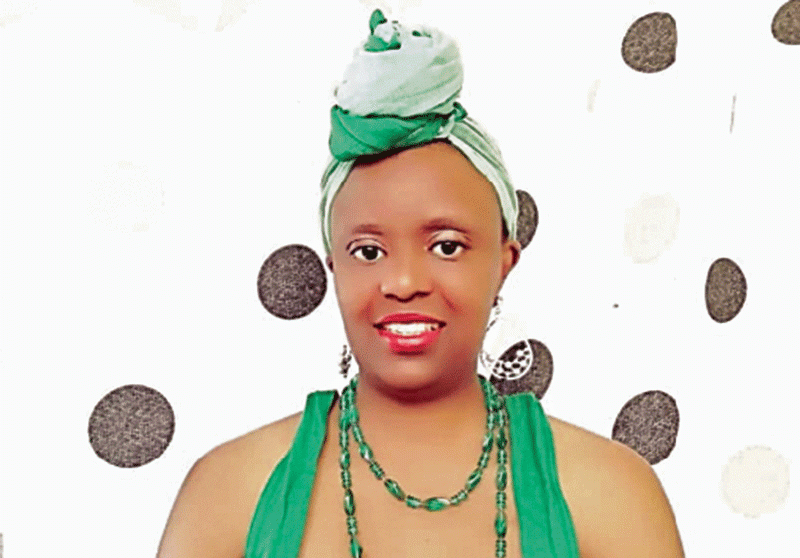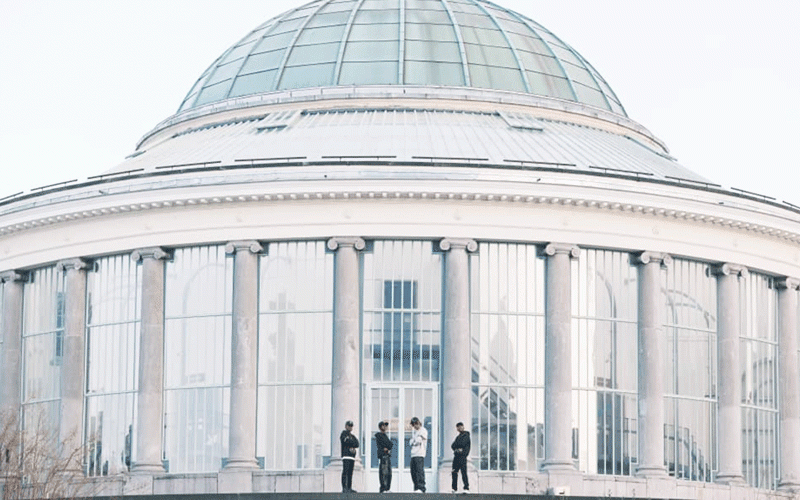
ZIMBABWE’S dramatic landscapes and enduring struggles resonate in Gillian Rosselli’s abstract paintings, which reveal her homeland’s resilience amid drought, poverty and environmental decline.
Rosselli has made her European debut this year with two major exhibitions — at the Zimbabwe pavilion in the Venice Biennale and at the “Also Known as Africa” art fair in Paris.
Rosselli is one of these discreet, soft-spoken artists who prefers to let her artworks do the talking.
“To be an artist, you need to exist in silence. In a silent world,” she says, quoting French painter Louise Bourgeois.
But her latest shows in Europe this summer have required exactly the opposite of her and she admits to be a little out of her comfort zone.
Her first adventure was been sharing her work with an inquisitive, international audience at the Venice Biennale, where she was one of six artists (and the only white woman) chosen to represent Zimbabwe pavilion, which closed on November 24.
“I see it as such a privilege that my story is interesting and matters as well,” she told RFI.
Born in 1962, Rosselli studied at the University of Cape Town, and her work combines figurative and abstract elements to explore socio-political issues, nature and the legacy of colonialism.
- Zim tycoons elevate offspring to key roles
- Zim tycoons elevate offspring to key roles
- Madhuku’s ‘Gold Mafia’ presser: Is Uebert Angel breaking lines?
- US call for peaceful poll rattles govt
Keep Reading
Breaking down barriers
For the pavilion’s theme of Undone, she explored the concept of walls — both physical and metaphorical.
During a three-month Vienna residency, she created four large acrylic panels: Heritage is a Pattern, Interfering Memories, Mapping Memories and Yesterday Aligns Tomorrow.
“I wanted to break down barriers, break down walls,” she said, incorporating wall segments seen across Europe.
“The wall pieces are metaphors for inclusivity,” said Rosselli, noting that these “non-tangible” barriers represent discrimination based on factors like sexual orientation, race, ethnicity and economic inequalities.
Rosselli’s other European journey brought her to Paris for the AKAA art fair in October, where she exhibited a series titled After the Rain, represented by Cape Town’s THK Gallery.
Her voice filled with emotion as she evoked the inspiration behind her the work.
“There has not been any rain for six months. And the first rains fell on Zimbabwe two days ago. There’s tremendous excitement,” she recounted.
Painting from memory
Rain holds deep meaning for her because “the majority of people depend on agriculture and sustainable living,” Rosselli said.
The drought has led to widespread hunger and a national disaster declaration.
She pointed to a large painting called Light in Landscape that stood out due to its array of vivid pink and brown shades.
It captured the dramatic moment when the force of the rain sprays the blossoms of the jacaranda trees onto the ground, forming a carpet of petals — and the parched ground begins to soak up the water.
Rosselli spends a lot of time outdoors, walking, observing, in communion with nature.
Then she painted from memory, her brush strokes recreating a vision, an emotion, even a smell.
One of her works was called Petrichor, in other words “the smell of rain”.
Climate change and its impact were central concerns for Rosselli, who has documented the seasons’ shifts in her artwork over many years.
Even natural beauty, she said, could hide a dark side.
She pointed to a painting inspired by Mutirikwi Lake, near her home, which is now threatened by the invasive Kariba weed.
While the hyacinth looks beautiful, Rosselli said, it was slowly choking the lake and damaging the ecosystem.
When asked how Zimbabwe had influenced her beyond her attachment to the land, Rosselli emphasised her connection to her country’s artistic community.
Zimbabweans are warm, friendly, generous people, she said — a “close-knit community”.
Even in Vienna, when she felt a little homesick, she came across a community of Zimbabwean artists who helped her settle in.
“I guess with so much hardship, you all come together in this very close community and that is amazing to be part of,” she says.
“A community that really helps each other.”
Rosselli is deeply inspired by Zimbabwean resilience and creativity.
“Incredible artists come out of Zimbabwe. We have amazing painters, sculptors... Zimbabweans are just so creative. They are all really like sponges. If there is any opportunity to be creative, in whatever way, they do so, even with such limited resources.” — RFI









